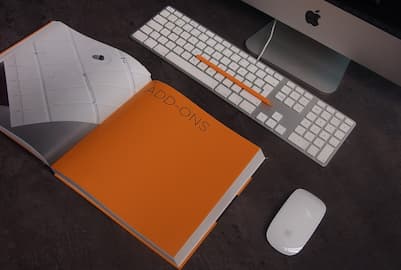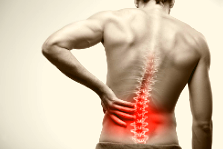Every year, during exam periods, about 20% of the students use psychic stimulants to facilitate learning. But memory problems also affect the elderly: 70% of people over 70 years of age are affected and consider them inevitable. However, there are natural ways to maintain it, and even optimize it.
During periods of fatigue or stress, memory problems can occur: forgetfulness, loss of concentration or reduced performance. Nutrition, sleep and physical activity play a fundamental role in maintaining and improving this function.
Nutrition
1. Eat a full breakfast
Studies1-2 clearly show that eating breakfast in the morning reduces memory lapses and drops in concentration: the higher the carbohydrate content, the more pronounced these effects are3. 3 Therefore, choose foods that naturally contain carbohydrates and are high in fibre, and reduce those that are fatty or high in added sugars.
Prefer cereals, whole fruits, eggs, cheese, milk, yogurt, chicken, peanut butter, etc...
To be limited: bread, croissant, muffin, jam, fruit juice, bacon, sausage, maple syrup, etc...
Example :
1 kiwi, 1 cottage cheese, 1 pineapple compote and 1 whole grain bagel.
2. Reduce and distribute energy intake
Low-calorie meals cause less drowsiness than fatty, high-carbohydrate meals4. Eating too many carbohydrates at lunchtime causes a sedative effect, linked to the production of serotonin. Therefore, avoid sweet desserts, potatoes, white rice or corn at lunchtime. It is best to divide your daily food intake into 3 meals, if possible at regular times. Nutritionists also recommend having a snack in the afternoon5-6.
Example of a snack:
1 piece of fruit and a piece of cheese with a 20% fat content.
1 cereal bar and nuts, and a soy beverage
3. Choosing foods rich in omega-3, B vitamins and iron
The human being has about 100 billion neurons. They can connect to each other through a sheath that surrounds them, called myelin. Since myelin is composed mostly of fat, it is recommended to consume omega-3 fatty acids to strengthen the structure of the neurons7-8. However, avoid saturated fatty acids, which are associated with the formation of blood cholesterol.
Prefer fatty fish, nuts, linseed oil, rapeseed oil, wheat bran, etc...
Limit: cold cuts, butter, sauces, poultry skin, cheese, etc...
Vitamins B (especially B1, B6, B9 and B12) play an essential role in memory. They are part of the manufacturing process of acetylcholine, a neurotransmitter essential for learning functions.
To privilege: salmon, liver, spinach, eggs, offal, pistachios, ...
Iron deficiency is detrimental to intellectual performance. Its role is to transport oxygen to the brain. Red meat, green vegetables, quinoa and shellfish are excellent sources of iron.
Healthy lifestyle
1. Sleep well for better retention
Studies9 have clearly shown that memorization of new information occurs during sleep. It is during this phase that the "consolidation" of memory takes place, allowing the development of new skills and the retention of information. Thus, a lack of sleep will inhibit the learning process. The choice of staying up all night to revise more is therefore largely debatable. It is rather advised to sleep 6 to 8 hours to enjoy the benefits of sleep.
Furthermore, attention can be affected when the body lacks sleep. The liveliness, concentration and alertness are strongly disturbed.
Finally, it should be noted that a short nap (less than 30 minutes) would allow a gain of one to two hours of sleep per night. The nap is essentially composed of deep slow wave sleep, which is the most restorative for the body. It is therefore also beneficial for memory: many studies show that it increases intellectual performance and frees up creativity.
2. Recommended sports activity
In recent years, scientists have become interested in physical activity as a means of preserving and improving cognitive abilities. Studies have shown that the development of cardiovascular capacity can lead to improved neurocognitive performance. Aerobic exercise (30 minutes per week) and weight training are therefore highly recommended.







